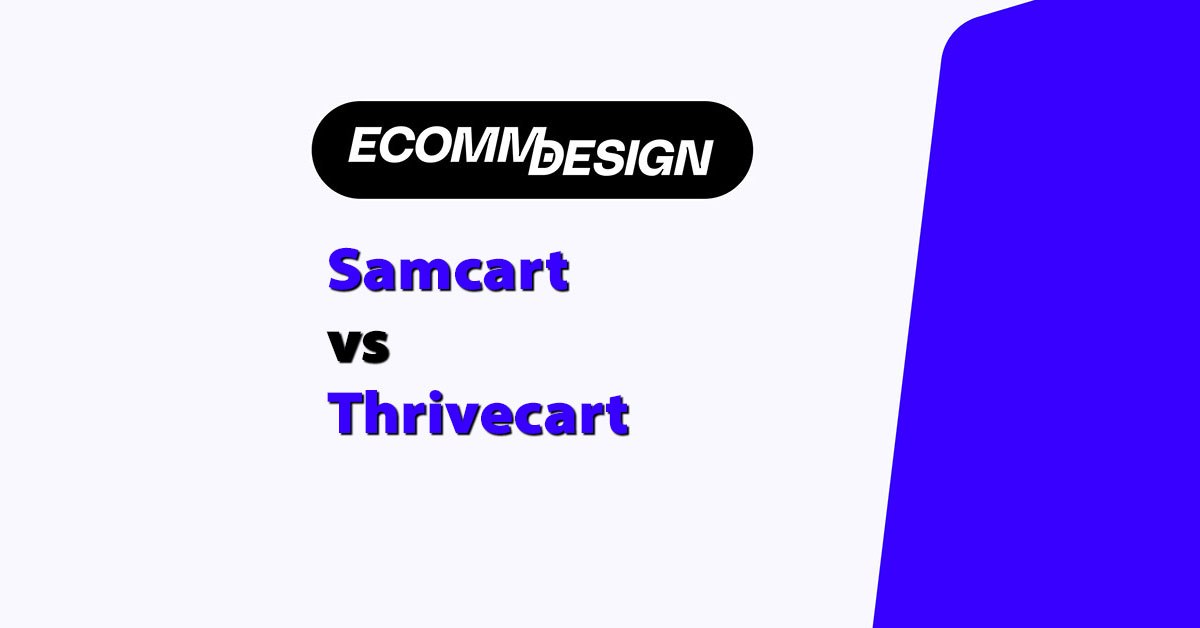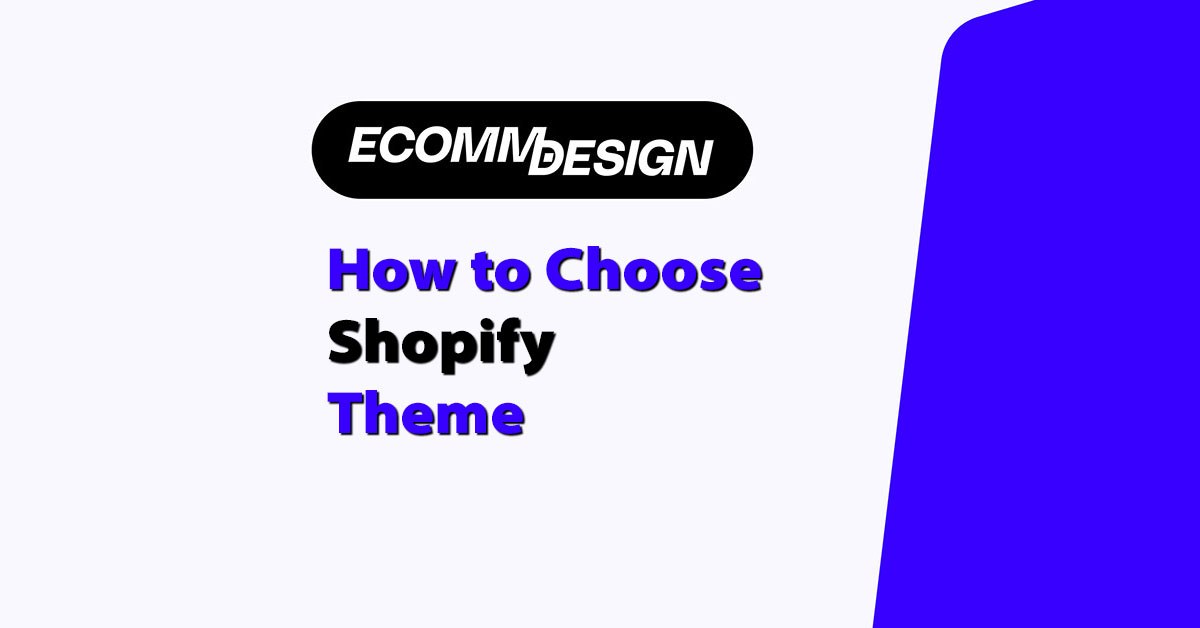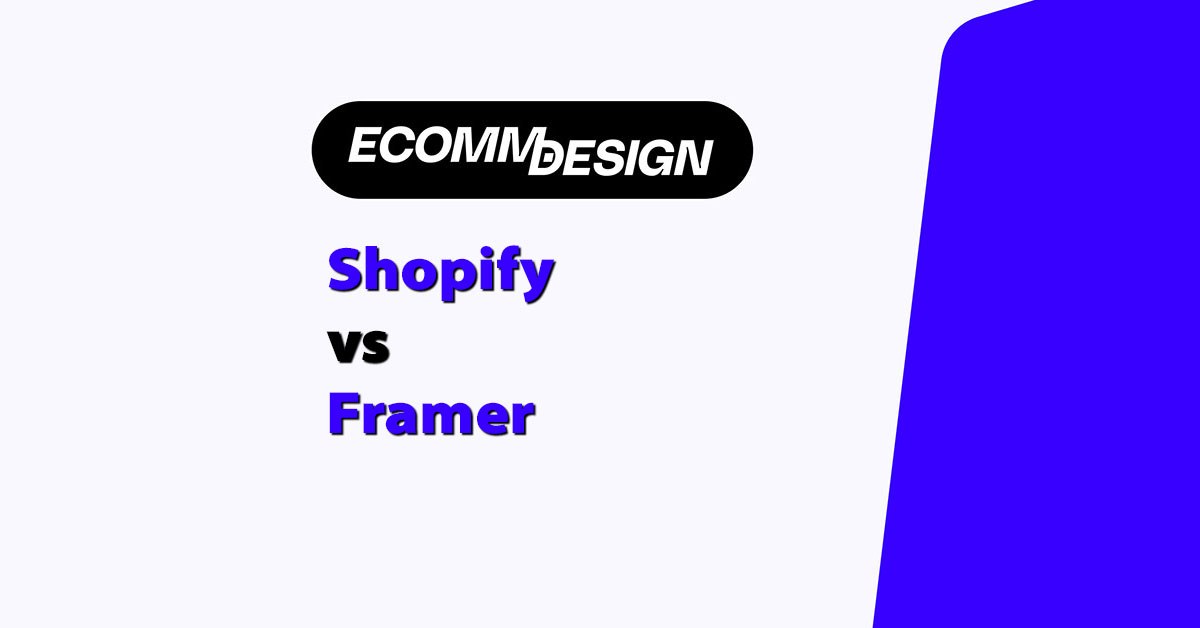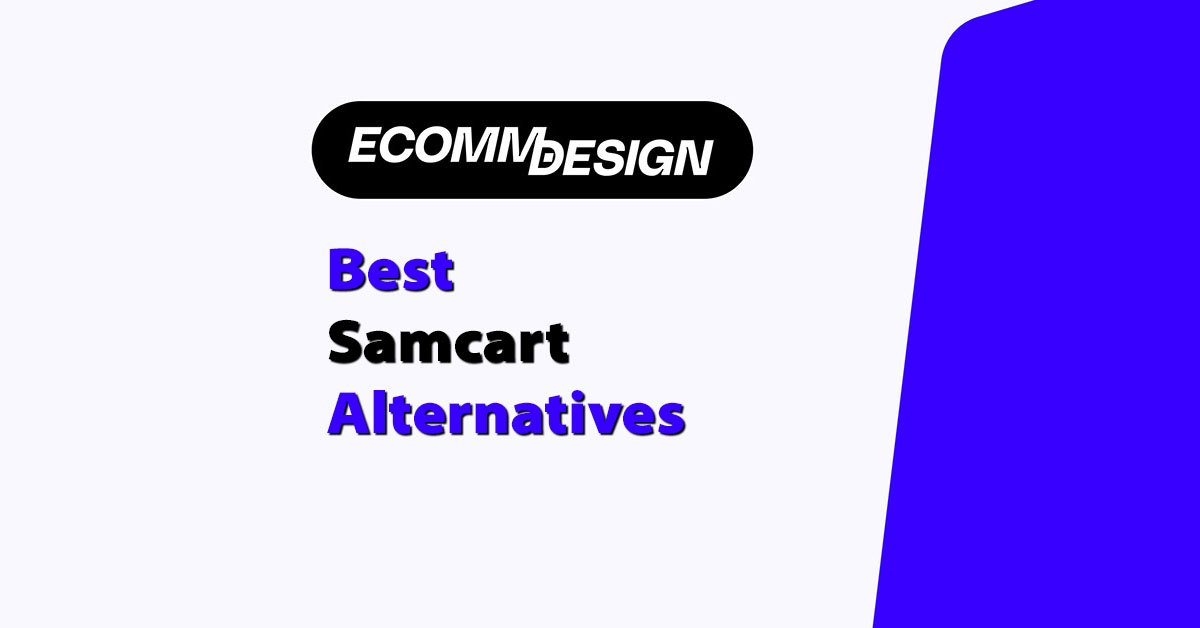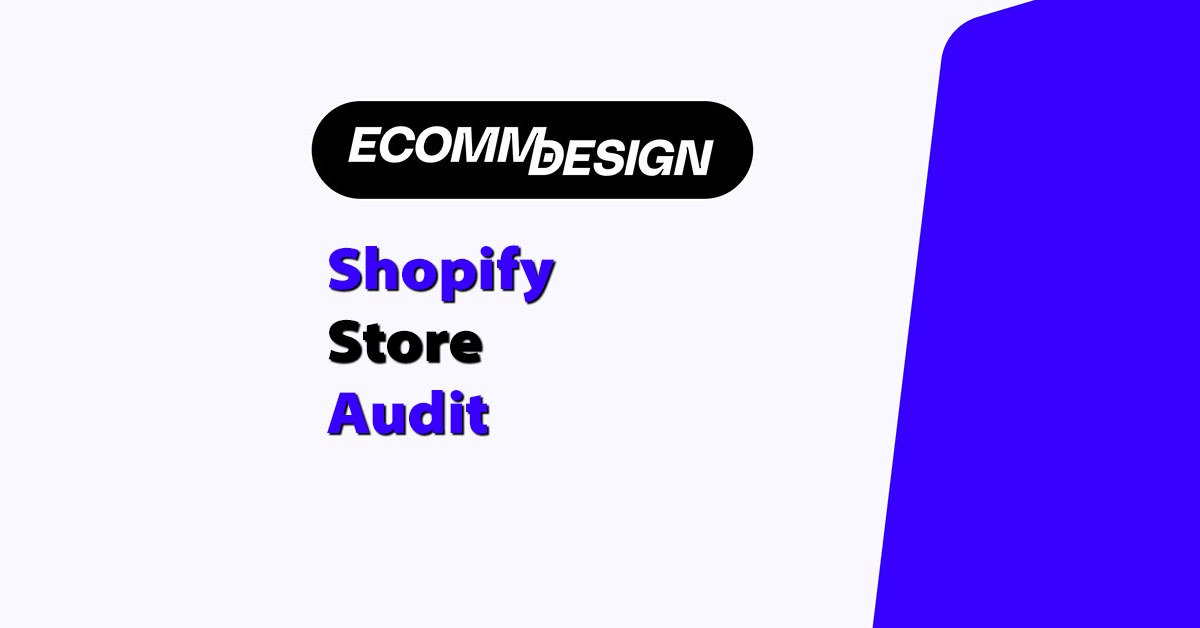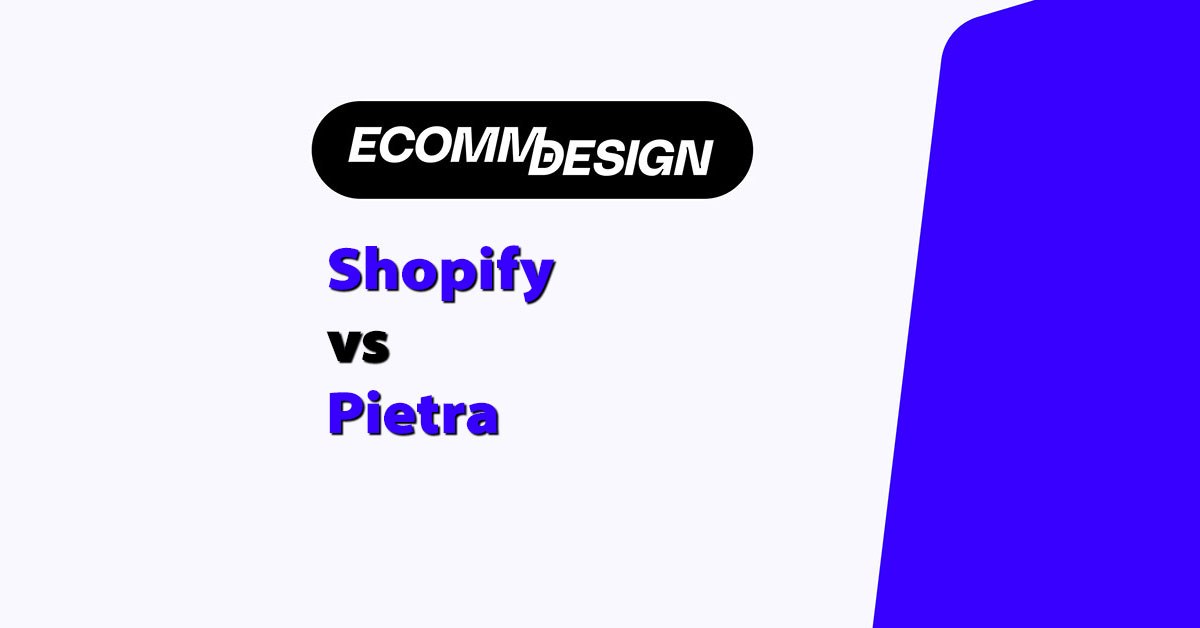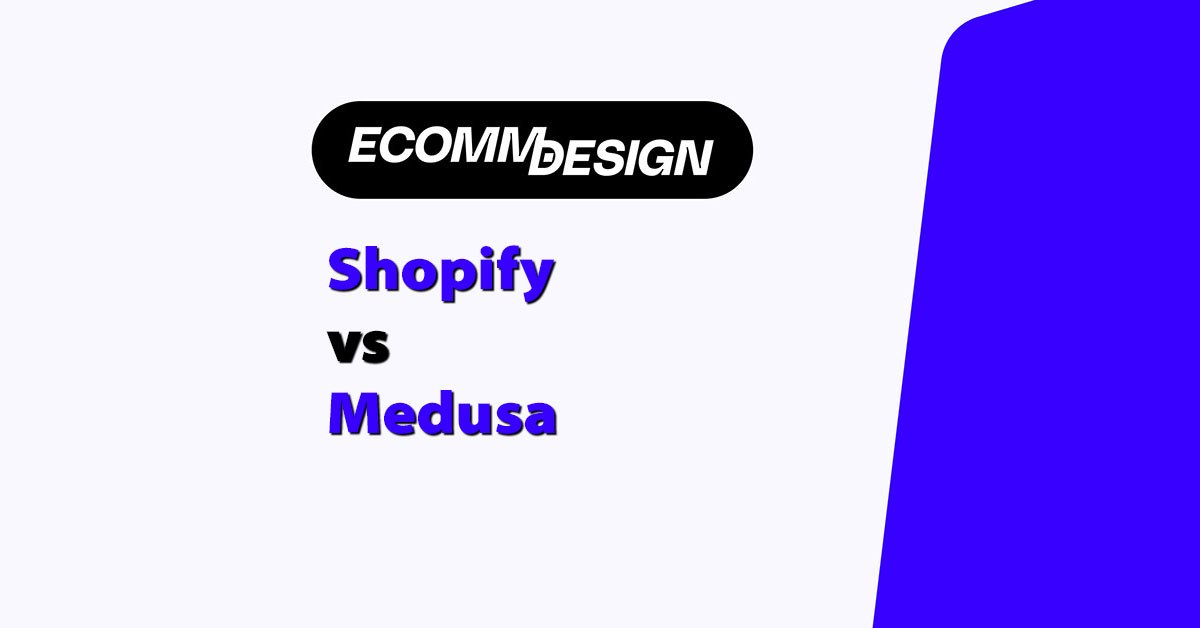I’ve been building Shopify stores since 2012—custom themes, performance tuning, headless builds, app development, the whole lot.
When Shopify announced Horizon in Editions Summer 2025, I didn’t roll my eyes like I usually do during big releases. I was actually excited.
After building Shopify apps and themes for more than a decade, I could see right away that Horizon wasn’t just an upgrade. It was Shopify finally catching up to where design, performance, and customisation need to be in 2025.
